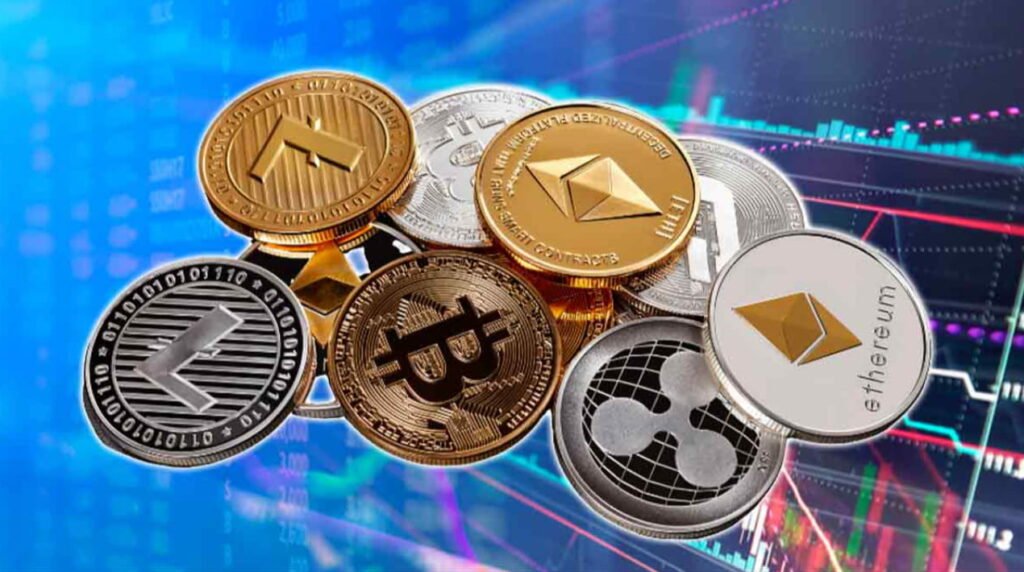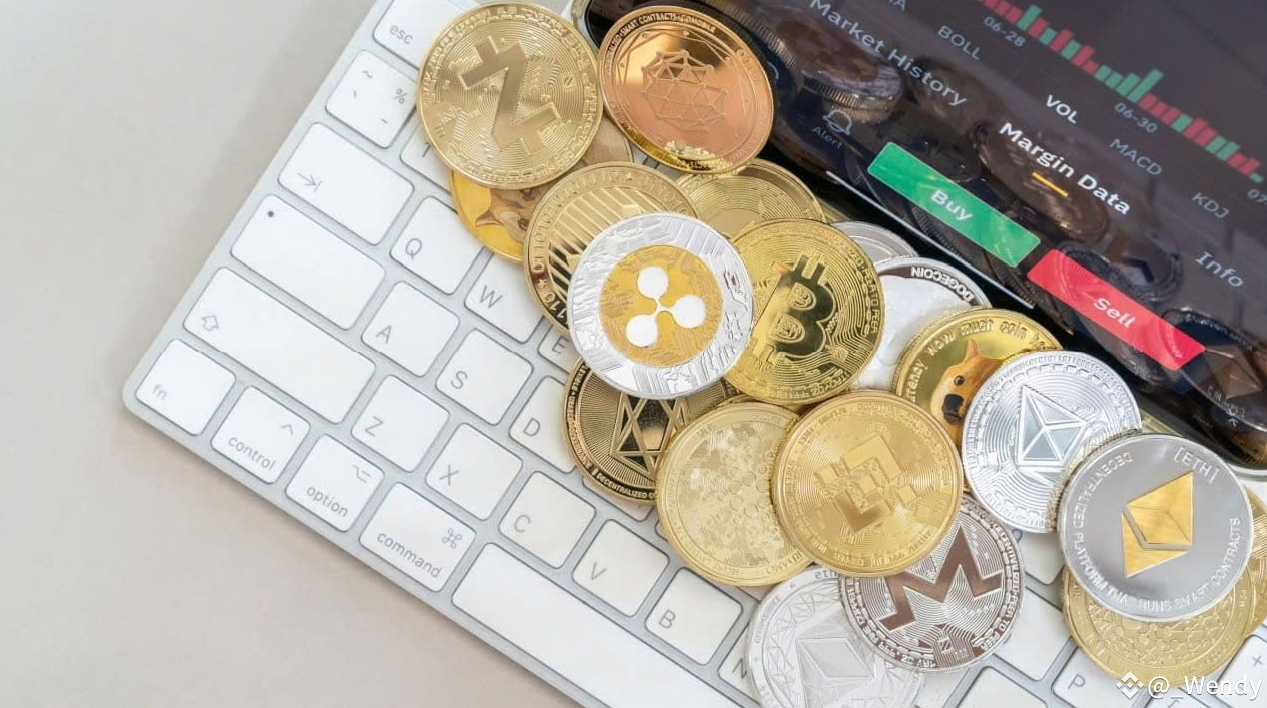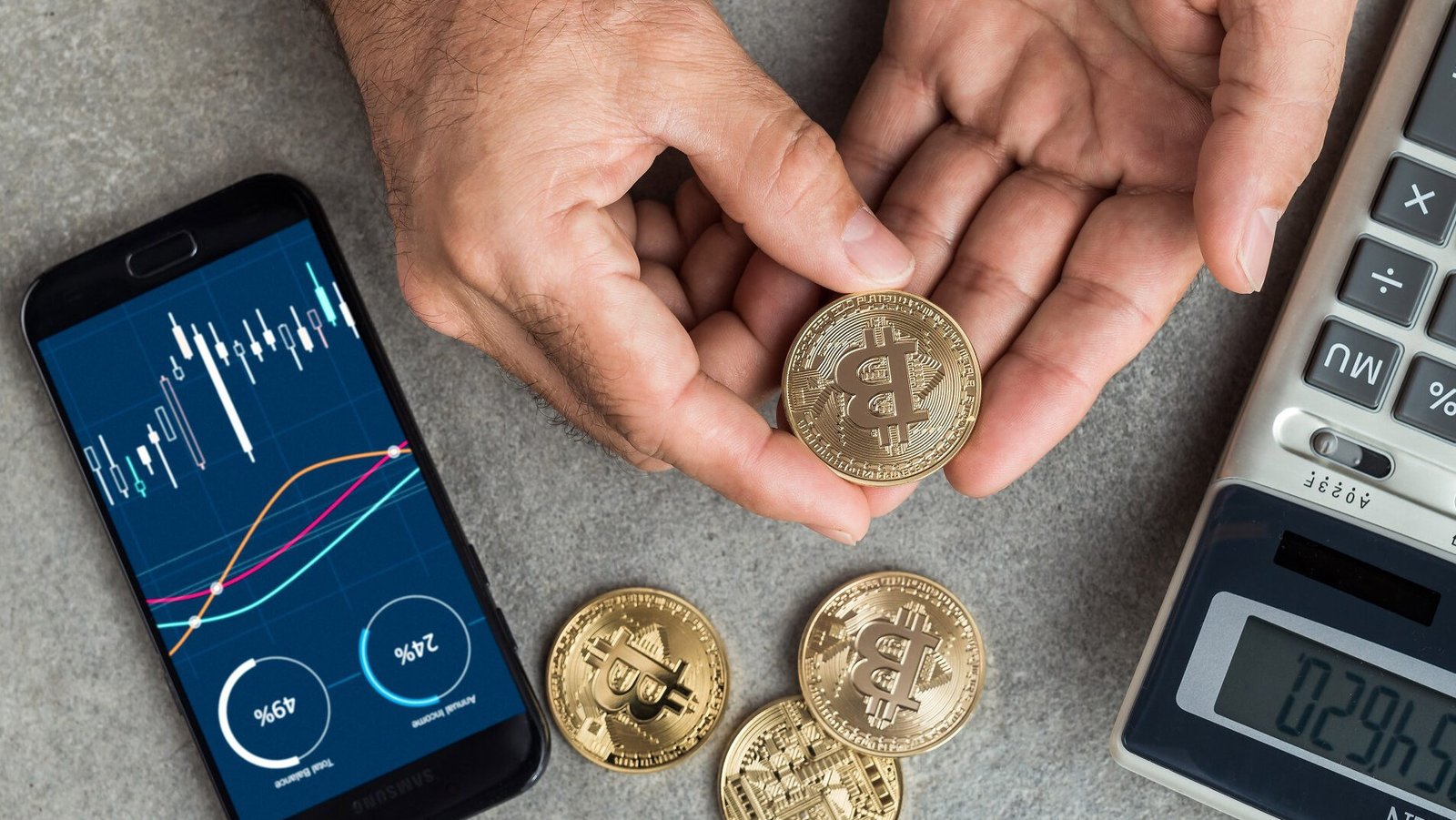The news that President Donald Trump has granted a presidential pardon to Changpeng “CZ” Zhao, the founder of Binance, instantly ricocheted across the digital-asset world. It’s more than a headline—it’s a pivot point that could reshape cryptocurrency regulation, market structure, and the global narrative surrounding compliance and innovation in fintech. Zhao, who pleaded guilty in late 2023 to violations tied to anti-money laundering controls and served a four-month sentence, now sees his legal slate wiped clean by executive clemency. The pardon, announced on October 23, 2025, signals a marked policy turn as the administration declares that the “war on crypto is over,” a message that has drawn intense praise from industry advocates and fierce criticism from financial-crime watchdogs and key lawmakers.
In this in-depth analysis, we unpack -what CZ’s pardon means for Binance, the broader crypto markets, investors, and the evolving relationship between Washington and Web3. We’ll explore the legal history that brought the world’s largest exchange to this moment, the immediate reactions from Capitol Hill, and the strategic implications for compliance, market access, and global competition. By the end, you’ll have a clear understanding of the stakes—and what to watch next.
The backstory: from record settlement to clemency
Before the pardon, Zhao’s case had already left an indelible mark on cryptocurrency exchange compliance. In November 2023, CZ pleaded guilty to charges related to Bank Secrecy Act violations and shortcomings in anti-money laundering (AML) and sanctions controls. As part of a sweeping deal, Binance agreed to pay a record $4.3 billion penalty, and Zhao himself received a four-month federal sentence—far below the three years prosecutors had sought. He served his term and paid a $50 million fine. The plea and the penalties were framed as a turning point for compliance across the sector, with nearly every large exchange revisiting onboarding, monitoring, and suspicious-activity reporting.
Fast-forward to October 23, 2025: the presidential pardon erases the conviction and reframes the narrative. Administration officials cast the move as part of a broader shift away from punitive enforcement and toward a growth-oriented approach to digital assets, asserting that over-criminalisation had chilled innovation and pushed American users offshore. Supporters say the reset could bring jobs, investment, and innovation back to U.S. shores; critics counter that it risks weakening deterrence and undermining the rule of law.
What exactly does a presidential pardon do here?
A presidential pardon is an act of executive clemency that forgives a federal offense. In CZ’s case, it removes the legal consequences of his conviction even though the underlying conduct and settlement history remain part of the public record. Practically speaking, that can ease travel, business licensing, and engagement with regulated partners such as banks and payment networks. For a founder-operator like Zhao, the clean legal slate reduces counterparty risk perceptions and can simplify negotiations with institutional partners wary of exposure to individuals with criminal records. In some contexts, it can also influence professional restrictions or licensing outcomes tied to “good character” provisions.
It does not, however, undo corporate settlements already paid or monitoring arrangements attached to Binance’s U.S. compliance journey. Regulators, both domestic and international, will continue to evaluate the exchange’s current controls, not its founder’s criminal record alone. In other words: clemency can change the optics and some constraints, but compliance still rules the day.
Why the pardon matters for Binance

For Binance, the world’s largest exchange by trading volume, CZ’s pardon arrives as the company continues to iterate on governance, AML/KYC procedures, and its relationships with regulators. Some analysts argue that clemency could accelerate U.S. re-engagement—particularly if the administration pairs its rhetoric with clearer guidance and a pathway for exchanges to operate with bank-like compliance standards in certain business lines. Others caution that any renewed U.S. foothold will depend on sustained audits, strong transaction monitoring, and transparent risk management that meets (or exceeds) what traditional finance expects. Wired and Politico reporting suggests the administration is using the pardon to telegraph a friendlier stance toward crypto market infrastructure, which may embolden Binance to explore deeper U.S. partnerships under a more predictable rulebook.
Outside the U.S., the signal is equally potent. Jurisdictions in Europe, the Middle East, and Asia that have been crafting MiCA-like frameworks or licensing regimes may interpret the pardon as a reduction in geopolitical friction around Binance and CZ. That, in turn, could ease local banking relationships and fiat on-ramp integrations—critical levers for retail adoption and institutional liquidity. Yet, none of this obviates the requirement for robust controls. A pardon does not grant a pass on sanctions screening, travel-rule implementation, or counter-terrorist financing (CTF) safeguards; if anything, the spotlight on Binance’s future adherence just grew brighter.
Market reaction: relief rally or regulatory whiplash?
Traders thrive on clarity, and CZ’s pardon offers a form of resolution—even if it’s controversial. Market participants often price legal tail risk into the valuation of exchange tokens, the liquidity profile of order books, and the fees exchanges can command. By removing a major cloud hanging over Binance’s founder, the market could view the exchange’s long-term operational risk as modestly lower. At the same time, headline-driven volatility is common around such inflexion points: a burst of optimism can be met with caution as policymakers and enforcement agencies recalibrate.
If the administration follows the pardon with consistent policy guidance, the market reaction may evolve from a knee-jerk spike to a steadier repricing of U.S. crypto risk premiums. Conversely, if congressional backlash metastasizes into legislative roadblocks or aggressive state-level actions, the initial rally could fade. Early coverage from mainstream and industry outlets captured both the celebratory tone among pro-crypto voices and the alarm among veteran financial-crime hawks, underscoring the two-track narrative likely to persist for months.
Washington’s split screen: praise, outrage, and the politics of crypto
The pardon has created an immediate partisan flashpoint. Prominent Democrats—including Rep. Maxine Waters and Sen. Elizabeth Warren—portrayed the decision as political favoritism that risks normalizing weak AML enforcement in digital assets. Industry-friendly lawmakers and entrepreneurs, meanwhile, heralded it as long-overdue recognition that the U.S. must balance risk mitigation with competitiveness. Coverage highlighted starkly different lenses: to supporters, CZ’s missteps were addressed through fines and imprisonment, and clemency is a forward-looking invitation to build in America; to critics, the message is that deep pockets and political connection can override accountability.
The political subtext matters. If crypto becomes an explicit plank in economic-growth strategy, expect moves to harmonize agency oversight, clarify commodity versus security status for tokens, and streamline stablecoin frameworks. If opposition hardens, expect hearings, inspector-general probes, and attempts to tighten AML statutes specific to crypto exchanges and DeFi gateways. Either path shapes how exchanges, custodians, Web3 startups, and traditional banks coordinate risk and opportunity.
Compliance after clemency: what changes—and what doesn’t
It’s tempting to see a pardon as a regulatory reset. It isn’t. U.S. exchanges still must implement rigorous KYC, transaction surveillance, and sanctions screening under OFAC and BSA rules. Cross-border platforms face the FATF Travel Rule, source-of-funds verification for fiat bridges, and enhanced due diligence for higher-risk jurisdictions. What does change is the temperature of the room: counterparties may feel more comfortable engaging with a founder whose legal liabilities have been formally forgiven, reducing friction for advisory roles, fundraising, or corporate governance initiatives.
For Binance, renewed U.S. ambitions would hinge on demonstrating not merely compliance adequacy but excellence—automated SAR processes, independent audits, and analytics-first risk operations that resemble Tier-1 banks. The company’s path forward likely involves continued cooperation with monitors, implementing real-time risk scoring, and hardening custody controls. A pardon can make these investments more likely to pay off by improving access to U.S. capital markets and institutional partners—but the investments themselves remain non-negotiable.
Global competition: Will a U.S. pivot pull liquidity onshore

The world has been conducting a multi-year experiment: push crypto talent and liquidity offshore and watch where it agglomerates. During the most intense enforcement period, volumes and talent migrated toward jurisdictions offering clear licensing. If the U.S. now projects a more welcoming stance—paired with credible consumer safeguards—some portion of liquidity could return. That’s especially true for institutional crypto flows that prefer strong rule of law and deep capital markets.
However, Dubai, Singapore, and parts of the EU have established lead positions via streamlined licensing and proactive supervisory dialogue. The U.S. would need to match that clarity while preserving its enforcement reputation. The likely outcome is a multipolar market where onshore and offshore liquidity interlock through compliant bridges. In that model, Binance benefits from optionality, while U.S. platforms gain onshore credibility and access to traditional capital. The pardon doesn’t guarantee such an equilibrium—but it makes it more plausible by lowering headline risk around one of the industry’s most visible figures. Wired’s reporting even suggests the move could ease Binance’s route back to certain U.S. touchpoints, pending regulators’ comfort.
Investor lens: what portfolio managers and traders should evaluate
Investors should think in layers. First, reassess headline risk premiums on exchange-exposed assets and liquidity-sensitive tokens. Second, scrutinize how any post-pardon policy signals translate into draft bills, rulemakings, or no-action letters that redefine what’s permissible for custody, staking, derivatives, and stablecoins. Third, watch how banks, payment processors, and fintech rails respond—reopening fiat on-ramps and off-ramps is a critical test of whether this is optics or structural change.
Lastly, evaluate governance. Binance’s internal controls, board composition, and transparency practices will tell you more about long-term risk than any single political decision. A founder’s pardon can catalyze confidence, but only strong corporate governance and demonstrable risk management will sustain it.
The controversy: conflict-of-interest concerns and perceptions
Critics have raised questions about potential conflicts, pointing to reports of growing ties between political figures and crypto ventures. Some outlets have suggested financial connections between Trump-aligned businesses and crypto projects, and opponents argue the pardon could be perceived as political pay-to-play. Whether or not such ties shaped the outcome, the optics will remain a talking point that influences legislative and public sentiment. Expect continued investigative reporting, hearings, and ethics debates—especially if the administration pursues additional clemency or policy reform that benefits high-profile crypto actors. Mainstream coverage (Politico, Guardian, WSJ, Wired) underscores how the pardon will be read not just as policy but as politics.
What this means for founders and builders
For founders, the message is double-edged. On the one hand, the U.S. is signalling a willingness to engage with Web3 innovation, potentially clarifying paths to compliant growth. On the other hand, the compliance bar is only rising. If you’re building exchanges, wallets, custody, stablecoins, or DeFi protocols, this is the moment to over-invest in AML, on-chain analytics, and risk. Consider building with real-name controls for sensitive flows, automated sanctions updates, and proactive dialogue with regulators. A friendlier Washington doesn’t absolve you from the work; it invites you to help shape standards that can scale.
See More: Best Cryptocurrency Trading Platform for Beginners 2025
Could this reshape enforcement priorities?
A single pardon doesn’t rewrite the U.S. Code, but it often signals enforcement priorities. We may see:
Emphasis on prospective compliance improvements
Regulators could prioritize forward-looking remediation and “fix-first” outcomes over retroactive punishment—particularly for firms that demonstrate measurable risk reduction and submit to independent oversight.
Consolidation of guidance across agencies
A durable policy pivot requires harmonization. Expect attempts to resolve overlapping mandates of the SEC, CFTC, FinCEN, and bank regulators. Stablecoin legislation could lead, given its intersection with payments, CBDCs, and consumer protection.
Targeted actions against willful bad actors
Even in a friendlier environment, willful repeat offenders and facilitators of ransomware, terror finance, or sanctions evasion will remain high-priority targets. The lesson: build boldly, but build cleanly.
The bottom line
CZ’s pardon is historic for crypto markets, but it doesn’t absolve the industry of its most pressing responsibilities. The opportunity is to take this policy thaw and turn it into a compliance renaissance—one that proves transparent, auditable, and consumer-safe crypto can thrive in America. If Binance and its peers seize that chance, the sector may finally outgrow the reputational drag of the last cycle and step into a more mature, regulated future.
Conclusion
President Trump’s pardon of Binance founder Changpeng Zhao is a defining moment for digital assets. It closes one chapter—legal jeopardy for one of the sector’s most visible leaders—and opens another: a contest to set intelligent rules that welcome innovation while combating abuse. For Binance, the door to deeper U.S. engagement may be open a crack wider; what happens next depends on sustained excellence in compliance, transparent governance, and constructive policy dialogue. For investors and builders, the mandate is clear: treat this not as an escape from scrutiny but as a chance to professionalise crypto at scale. A kinder tone from Washington can accelerate adoption; only disciplined risk management will sustain it.
FAQs
Q: Did the pardon erase Changpeng Zhao’s conviction entirely?
A U.S. presidential pardon forgives the offense and removes many legal disabilities associated with a conviction. The underlying facts and corporate settlements remain part of the public record, but the clemency clears CZ’s federal criminal record for the pardoned offenses, easing certain business and travel constraints.
Q: Does this mean Binance can immediately return to full U.S. operations?
Not automatically. Any expanded U.S. presence by Binance still depends on regulatory approvals, ongoing monitoring, and demonstrable AML/KYC controls. The pardon improves optics and may facilitate partnerships, but licensing and supervision are separate processes.
Q: How did we get here—what was Zhao originally charged with?
CZ pleaded guilty in 2023 to violations tied to AML and sanctions controls. Binance agreed to a $4.3 billion settlement, and Zhao served a four-month sentence; prosecutors had sought three years, but the court imposed a much lighter term.
Q: Why is the decision controversial in Washington?
Supporters see the pardon as a pro-innovation reset; critics call it political favoritism that could weaken deterrence against financial crime. High-profile lawmakers voiced strong objections, and further hearings or oversight actions are possible.
Q: What should crypto investors and builders watch next?
Look for concrete policy steps—stablecoin bills, clearer agency guidance, and licensing pathways—alongside how banks and payment networks respond. Also monitor Binance’s governance and compliance enhancements, which will determine whether optimism translates into durable market access.




















